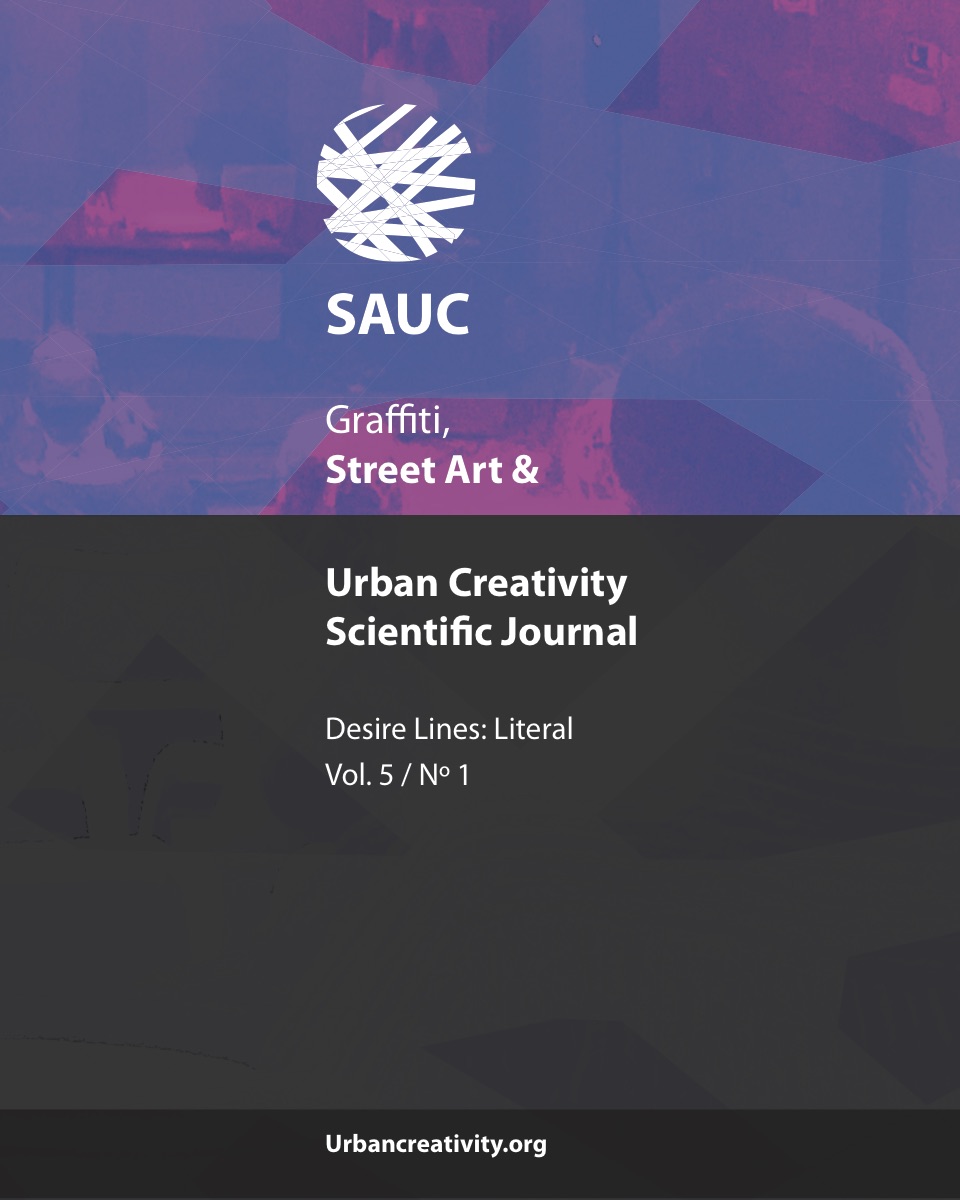Local text of the city and public art: in search of Post-Soviet identity
DOI:
https://doi.org/10.25765/sauc.v5i1.169Abstract
The article tells about the experience of interdisciplinary interaction whithin development of the public art program and discribes the method of working with comissioned art in urban environment. Informal knowledge of residents about their city became the basis of the concept of a 5-year public art program in the Russian city of Almetyevsk (Tatarstan). World-famous artists of various genres have been creating public artworks using local folkculture gathered and described by anthropologists and folklorists. Almetyevsk public-art program is the first one on the post-soviet area to use the stories of city residents as a the starting point for representing the national and cultural text. This approach stands out form the Soviet policy of focusing on the main city resource such as oil in Almetyevsk. Thus, the walls and streets of the city should tell the audience the same stories that its inhabitants know. While there are a number of problems with the intersemiotic translation of texts collected by researchers into the language of customers, artists, and then residents.
One of the most difficult tasks is to explain authenticity and national and urban specifics to the artists who come from different places, many of them have not been to Tatarstan and even to Russia. In this work, we want to draw attention to the phenomenon that can be called the construction of identity through folklore. The ambiguity of this concept is manifested at different levels. What can be called folklore when we talk about this phenomenon? Is it possible to create urban public art using the local text of the city - folklore images, plots and heroes? This process, which began in Russia in the 2000s and continues today, could be defined as an attempt to make the territory / group competitive and legitimate through reproduction and invention of local and national. Specifying the processes of production of national identity through the appropriation of cultural experience, described by A. Appadurai [Appadurai 1996]
1 - one can say that the processes of production of competitive identities are taking place at the local level. One of the indicators of these processes is the search for the “folklore” conducted both in popular culture and in the information space of the city.
2 - A classic example of analysis for A. Appadurai is the British cricket game. Delivered to India, the game was vernacularized and became one of the markers of Indian identity.
Downloads
Global Statistics ℹ️
|
185
Views
|
59
Downloads
|
|
244
Total
|
|
Downloads
Published
How to Cite
Issue
Section
License
Those authors who publish in this journal accept the following terms:
-
Authors retain copyright.
-
Authors transfer to the journal the right of first publication. The journal also owns the publishing rights.
-
All published contents are governed by an Attribution-NoDerivatives 4.0 International License.
Access the informative version and legal text of the license. By virtue of this, third parties are allowed to use what is published as long as they mention the authorship of the work and the first publication in this journal. If you transform the material, you may not distribute the modified work. -
Authors may make other independent and additional contractual arrangements for non-exclusive distribution of the version of the article published in this journal (e.g., inclusion in an institutional repository or publication in a book) as long as they clearly indicate that the work was first published in this journal.
- Authors are allowed and recommended to publish their work on the Internet (for example on institutional and personal websites), following the publication of, and referencing the journal, as this could lead to constructive exchanges and a more extensive and quick circulation of published works (see The Effect of Open Access).













